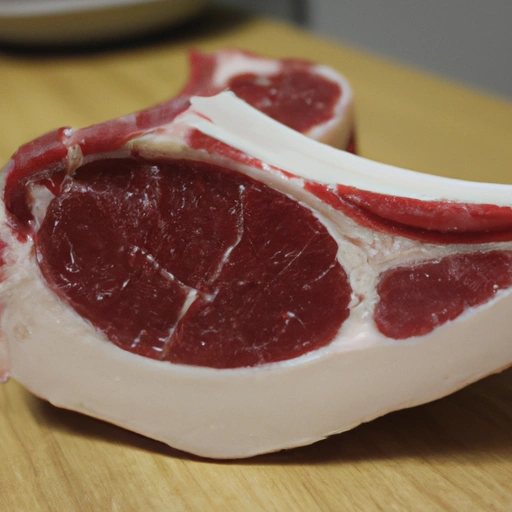Lamb
Description

Lamb is a type of red meat that comes from young sheep, typically less than one-year-old. Known for its rich flavor and tenderness, lamb is a popular ingredient in many cultures and is used in a variety of dishes across the globe. Distinguished by its succulent texture and slightly gamey taste, lamb can be prepared in countless ways, making it a versatile component in both traditional and modern recipes.
Common uses
Lamb is commonly used in a variety of culinary applications, including roasts, stews, grills, and minced preparations. It is often seasoned with herbs like rosemary, thyme, and mint, and spices such as cumin, coriander, and paprika, which complement its robust flavor.
Nutritional value
Calories
A 3-ounce (85 grams) serving of cooked, grass-fed lamb typically contains about 250 calories (1046 kJ).
Protein
Each serving of lamb provides approximately 20 grams of protein, making it a valuable source for muscle growth and repair.
Fat
Lamb contains around 17 grams of fat per serving, with a mix of saturated and unsaturated fats, including beneficial omega-3 fatty acids.
Carbohydrates
Lamb is naturally low in carbohydrates, with virtually no carbs in a standard serving.
Vitamins
Lamb is rich in B vitamins, particularly vitamin B12, which is crucial for nerve function and the production of red blood cells.
Minerals
This meat is also an excellent source of minerals like zinc, which supports immune function, and selenium, an important antioxidant.
Health benefits
As a rich source of high-quality protein and vital nutrients, including iron and zinc, lamb can play a role in a healthy diet. Its content of omega-3 fatty acids may also contribute to heart health.
Potential risks
Despite its nutritional value, lamb is high in saturated fat and cholesterol, which should be consumed in moderation, particularly by individuals with heart disease risk factors. Overconsumption can lead to health issues, so balance is key.
Common recipes
Lamb is featured in a variety of dishes such as Irish stew, Moroccan tagine, Indian Rogan Josh, and Greek gyros.
Cooking methods
Popular cooking methods include roasting, slow-cooking, grilling, and pan-searing to enhance its flavor and tenderness.
Pairing with other ingredients
Lamb pairs well with hearty vegetables like potatoes and root vegetables, grains such as couscous and rice, and legumes like lentils and chickpeas.
Summary
Lamb is a flavorful and nutrient-rich meat with a rich history and cultural significance. Its versatility in cooking methods and recipes makes it a cherished ingredient worldwide. While lamb offers various health benefits, it should be eaten in moderation as part of a balanced diet. When preparing lamb, consider its unique flavor profile and the many regional seasonings and pairings that bring out the best in this exceptional meat.